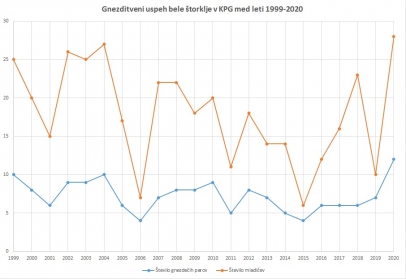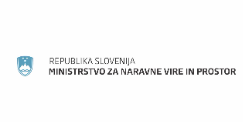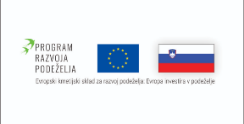White stork
White stork (Ciconia ciconia) has been for decades known as a symbol of the Pomurje region.
Description
This large, up to 95-115 cm tall bird with black and white plumage has a long white neck, which is also stretched during the flight (herons bend their necks during the flight). It weighs between 2.5 and 4.5 kg.
Adult white storks have long red-orange legs and beak, while the beaks of the juvenile birds are dark in color and have pinkish legs. Storks are exceptional gliders, with a wingspan between 180 and 215 cm, and they glide the long migratory distances by taking advantage of the uplift of air thermals. Otto Lillienthal, who was a German pioneer of the aviation and the first man to make successful flight with gliders, based the mechanics of the flight on the of the white stork flight.
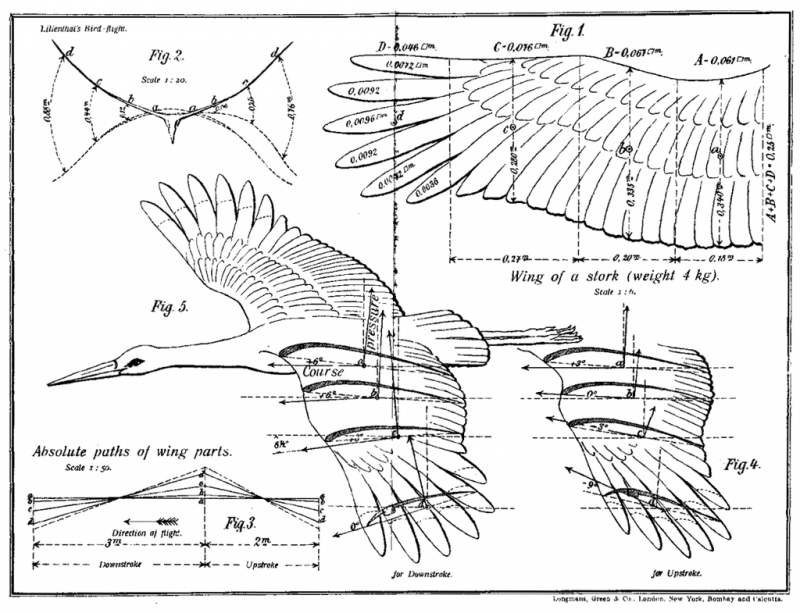
Otto Lilienthal based mehanics of the flight on the white stork (source: Lilienthal, O. 1889. Der Vogelflug als Grundlage der Fliegekunst).
Food
White stork feed mainly on large insects (grasshoppers, beetles) and small mammals (mice, voles, moles). Frogs, earthworms and reptiles (snake, lizard) are also common prey of storks. Often, a group of storks can be spotted on a freshly mowed meadow or a plowed field, where the storks follow the tractor and take advantage of the short-lived abundance of prey. They forage for prey near the nests - they rarely look for food more than 3000 m from the nests.
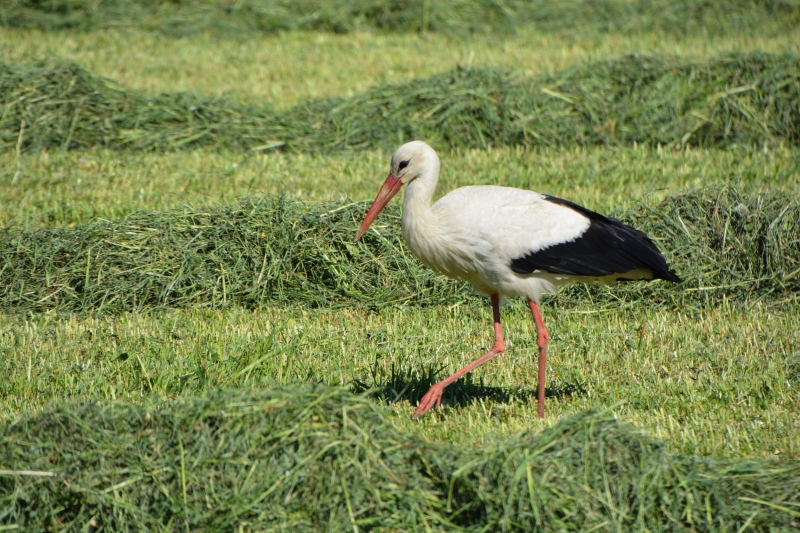
The most important foraging habitats are meadows (photo: G. Domanjko)
Breeding
White storks builds it nest on electric poles, chimneys or roof ridge, and very rarely on trees. Nests are built in the vicinity of man. The huge, up to 2.5 m high and up to 2 m wide nest is built of larger branches, grass and soil. Some nests can be several decades old and weigh more than 500 kg. A pair or at least one of the partners often returns to the same nest each year. Pair or a single stork defends the nest from possible intruders. Strong fights between storks are not rare. The first storks return in late March. The pair begins to mate as soon as they have rebuilt the nest. The female lays 3-5 eggs, usually 4. The eggs are incubated mostly by the female and after 31-34 days the first young hatch. Because female begins to hatch as soon as she lays her first egg, the chicks hatch with a lag and are therefore of different ages. In case of bad weather, especially rainy and cold weather, the pair can throw the youngest and the smallest chicks from the nest to enhance the chances of survival of the biggest and most fit juveniles. The young storks leave the nest after 54-70 days. In the last two weeks, chicks can be observed on the nest during wing training and flight attempts.
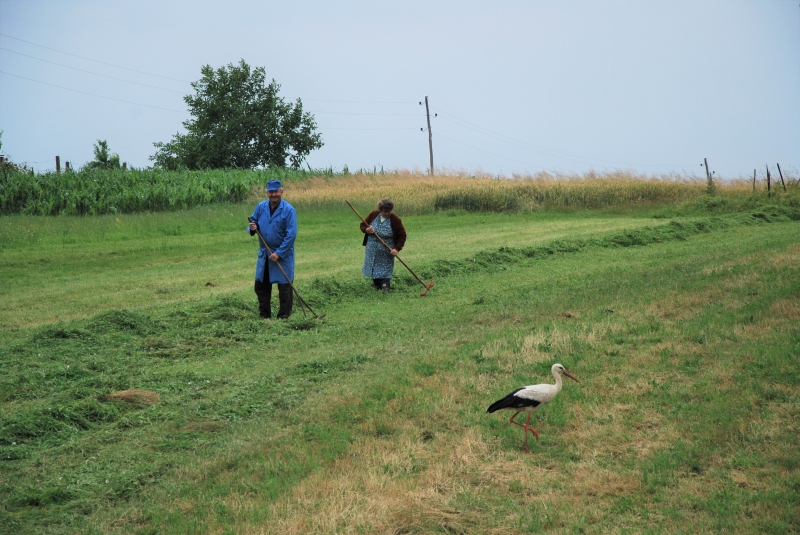
White storks often accompanies locals at work (photo: G. Domanjko).
Migration
White stork is a migratory bird that migrates solely due to lack of food during the winter months. Due to the milder winters, individual storks have been wintering in Slovenia in recent years. Storks from Western Europe overwinter in southern Spain or West Africa (migrating via Gibraltar), while storks from central and eastern Europe migrate across the Balkan peninsula and the Bosporus to sub-Saharan Africa. In August storks can start to congregate in flocks. Thousands of migrating storks can be admired while gliding over the Bosphorus in September.
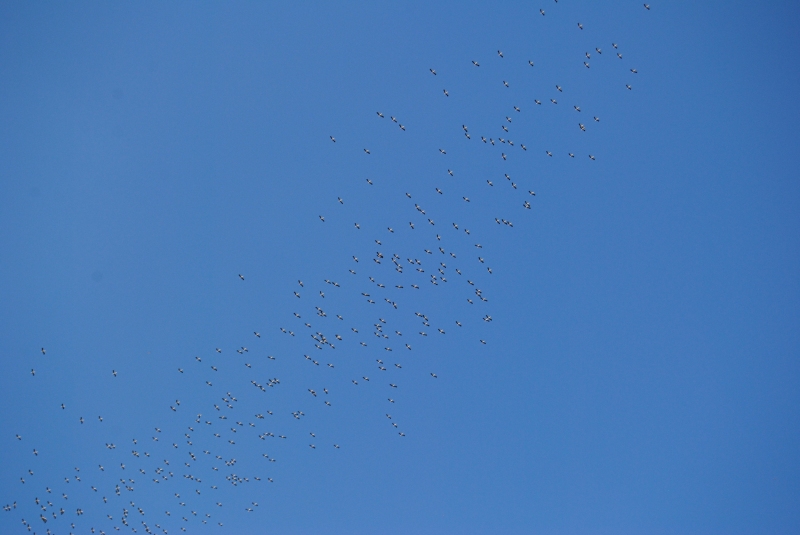
Migrating flock of white stork above Istanbul (photo: M. Podletnik)
Distribution and conservation status
White stork is a protected in Slovenia and it is a species of the Natura 2000 site Goričko. The number of nesting pairs in Slovenia is increasing, as storks are spreading to western and southern Slovenia. In NE Slovenia, especially in Prekmurje, their numbers are decreasing due to the lack of suitable foraging habitats - extensive wet meadows, which are disappearing at the expense of arable land. It has the status of a vulnerable species (category B). In Slovenia, there are about 350 white stork nests and in on average about 210 pairs nest per year. The number of breeding pairs within Goričko Nature park varies over the years.

